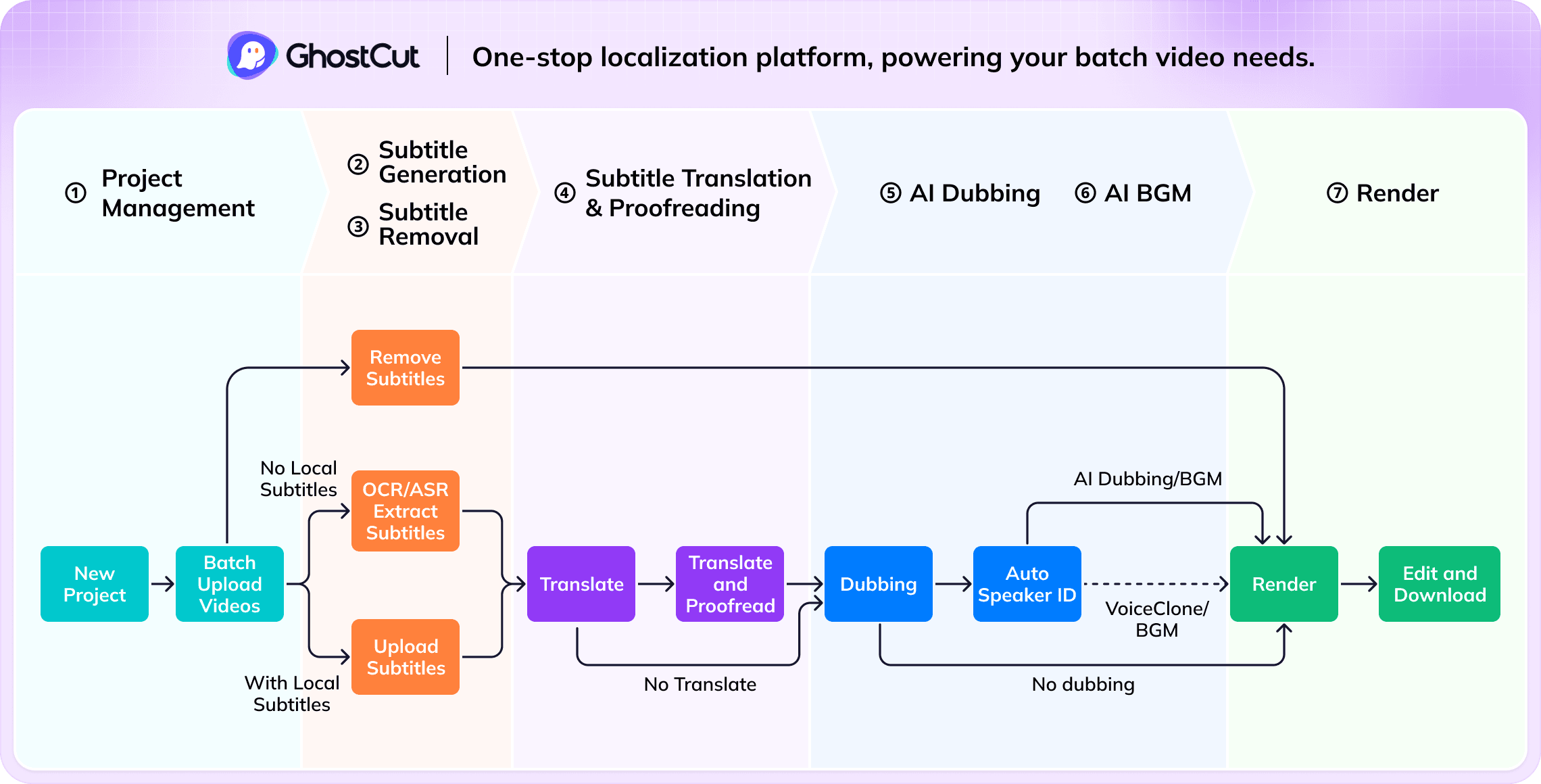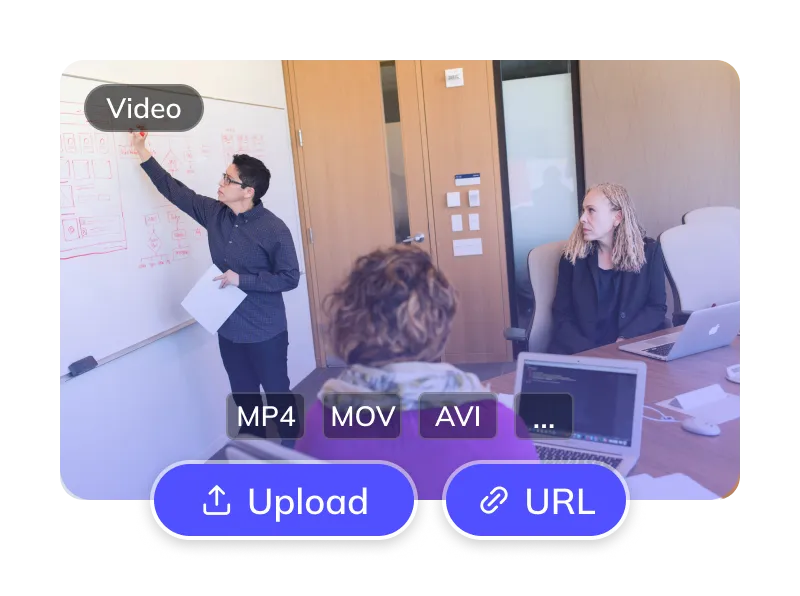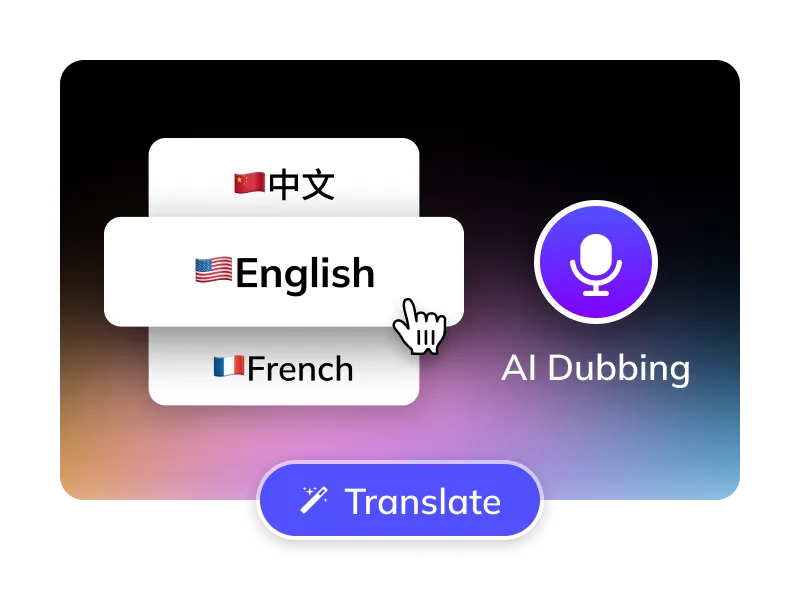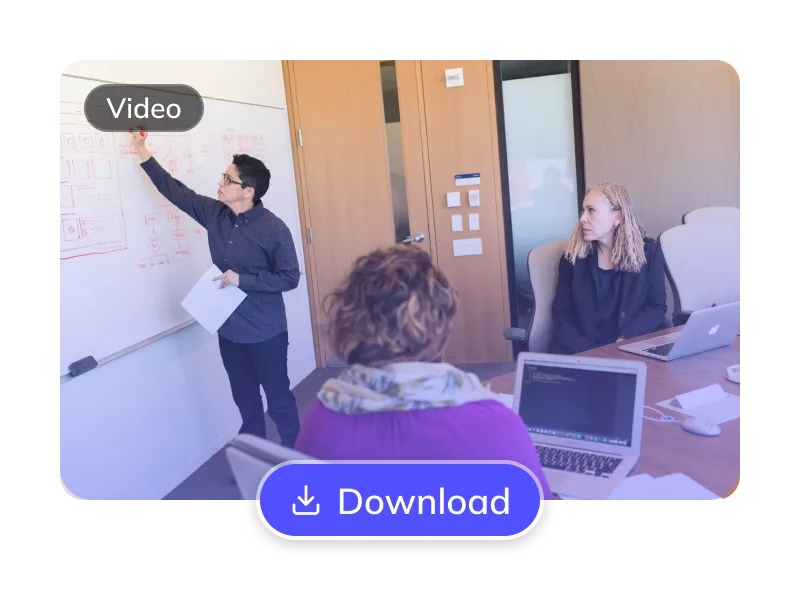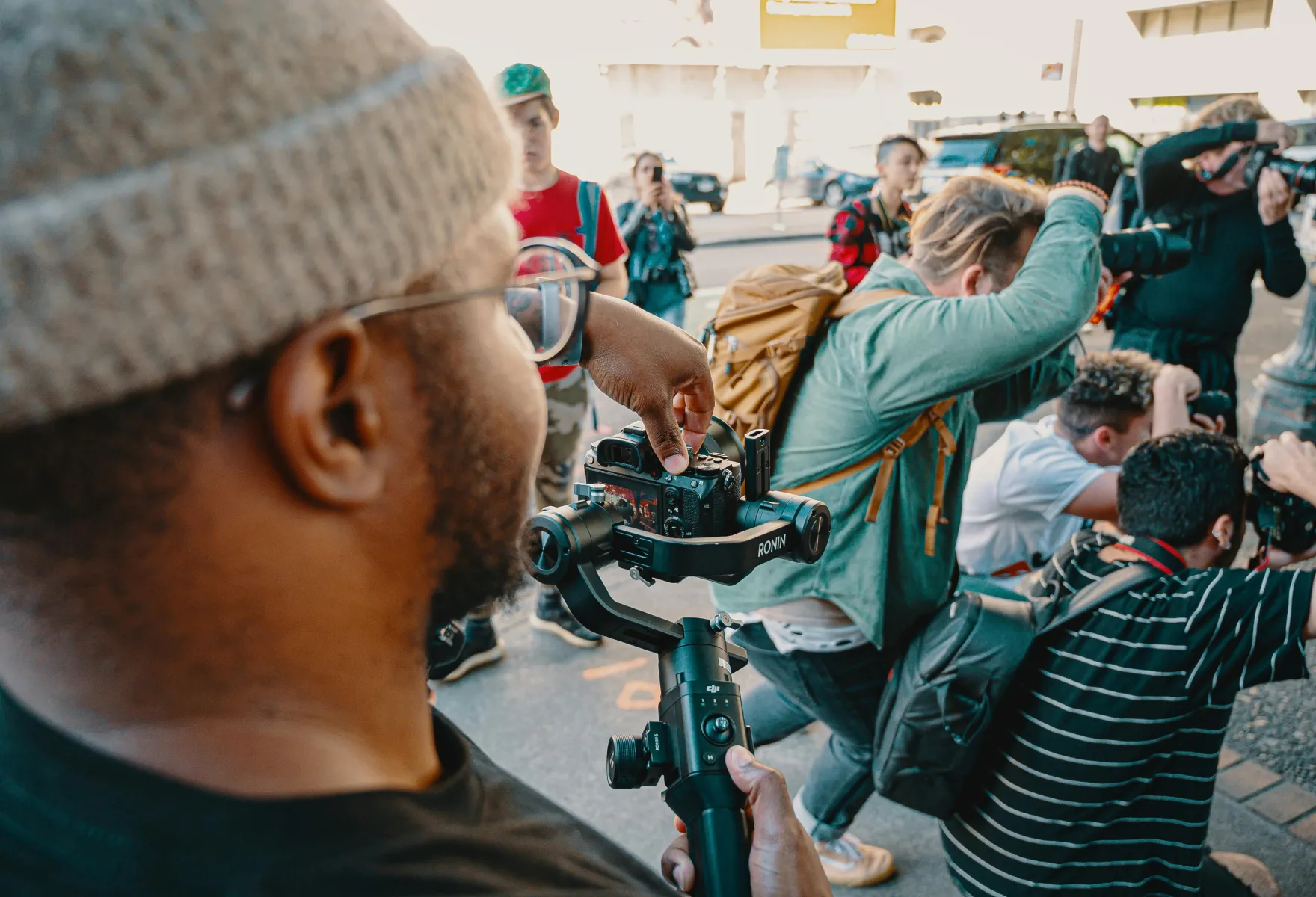How to Translate Russian Videos to English ?
Translate Russian Videos to Korean in 3 Easy Steps
Trusted by 1,500,000+ Global Creators and Businesses
Why GhostCut for Your Video Translations?
GhostCut is your all-in-one AI solution for translating Russian content into natural, engaging Korean.
Effortless Project Management
Manage Russian assets, subtitles, & Korean videos. Batch process projects efficiently.
Pinpoint Korean Accuracy
Up to 99.5% accurate. Optimized for Russian-to-Korean with LLM calibration & multi-agent review for culturally fluent Korean translations.
Lifelike Korean AI Dubbing
Choose from diverse, human-like Korean AI voices (US/UK accents). Emotion-cloning technology captures original tone for natural Korean delivery.
Flexible Russian Subtitle Options
Optionally erase original Russian hardsubs for a clean slate. Translate embedded Russian subtitles directly.
Smart Multi-Speaker ID (Russian)
AI detects multiple speakers in Russian videos. Assign or clone distinct Korean voices per character, with cross-episode consistency for complex Korean dubs (dramas, interviews).
Efficient Batch Processing & API
Batch translate and dub 100s of Russian videos to Korean at once. Seamlessly integrate with our robust API.
Versatile BGM Control
Keep or mute original BGM. Our unique tech can also isolate sound effects, meeting diverse copyright and distribution needs.
Unbeatable Value
Flexible Russian-to-Korean plans. Try core features free. Automated pro service from just $0.1/minute.
Easy Online Access
No downloads. Instantly translate Russian videos to Korean online. Works on Windows, Mac, & major mobile browsers for cloud processing anywhere.
The GhostCut Edge: Unmatched Accuracy, Speed, and Value.
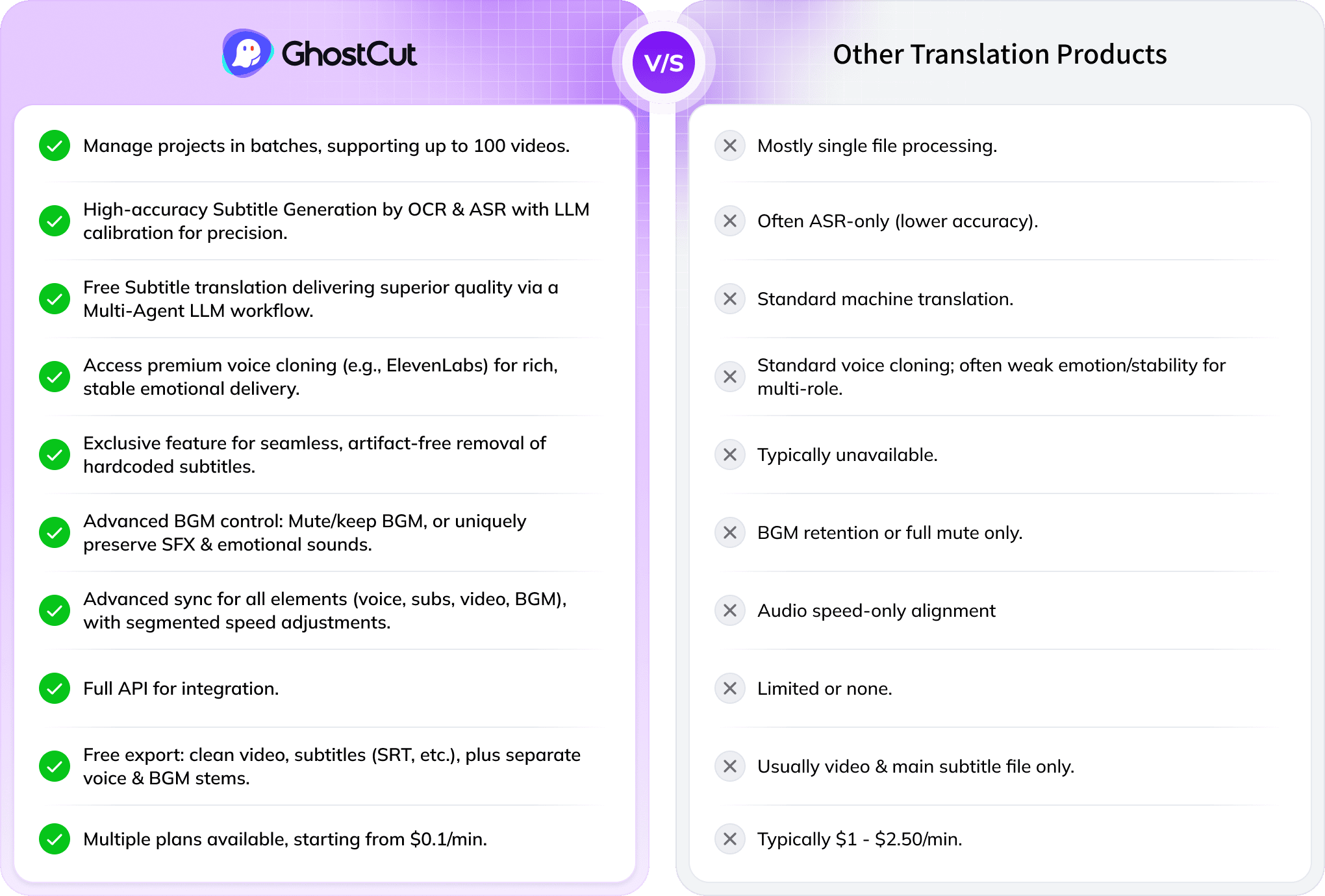
Every Algorithmic Optimization, Engineered for Quality Korean Video
Mastering Long-Form Russian Drama & Multi-Character Dubbing
Translating a 100-minute Russian drama with 4000+ lines and many characters into Korean is tough. Standard AI struggles to tell speakers apart, causing errors. GhostCut’s multi-modal AI (video, voice, text) excels in long-form, multi-speaker content, ensuring accurate, consistent character voices across entire series.
Translate Now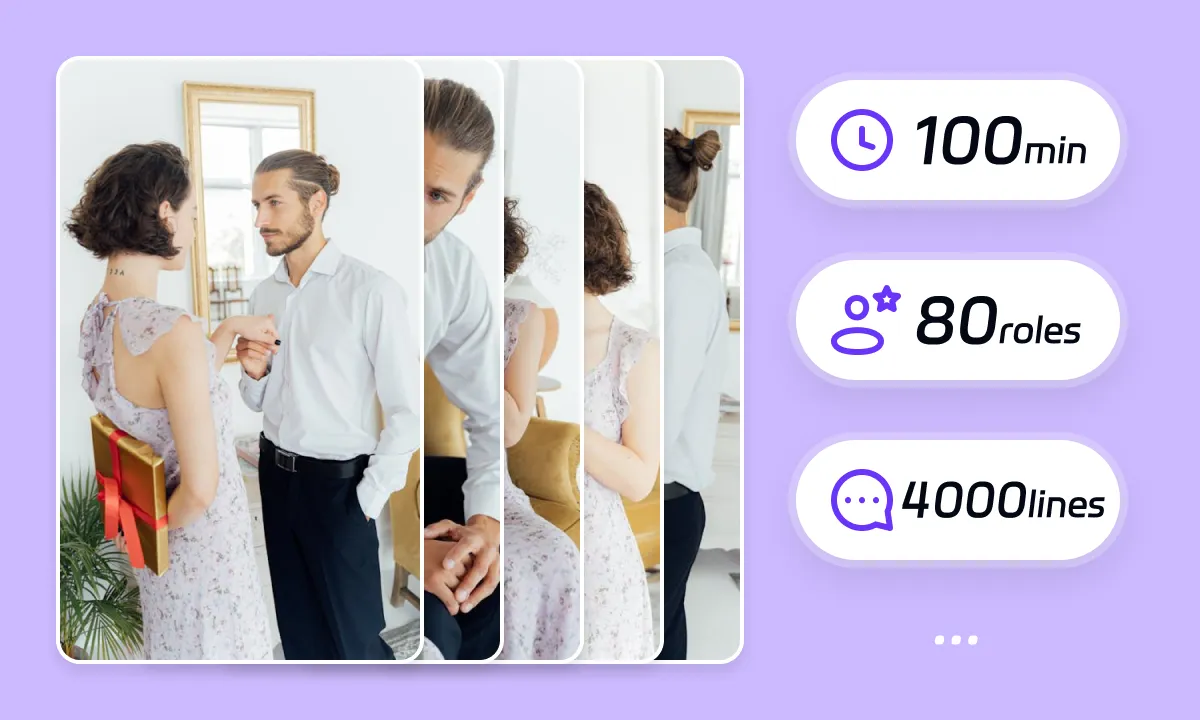
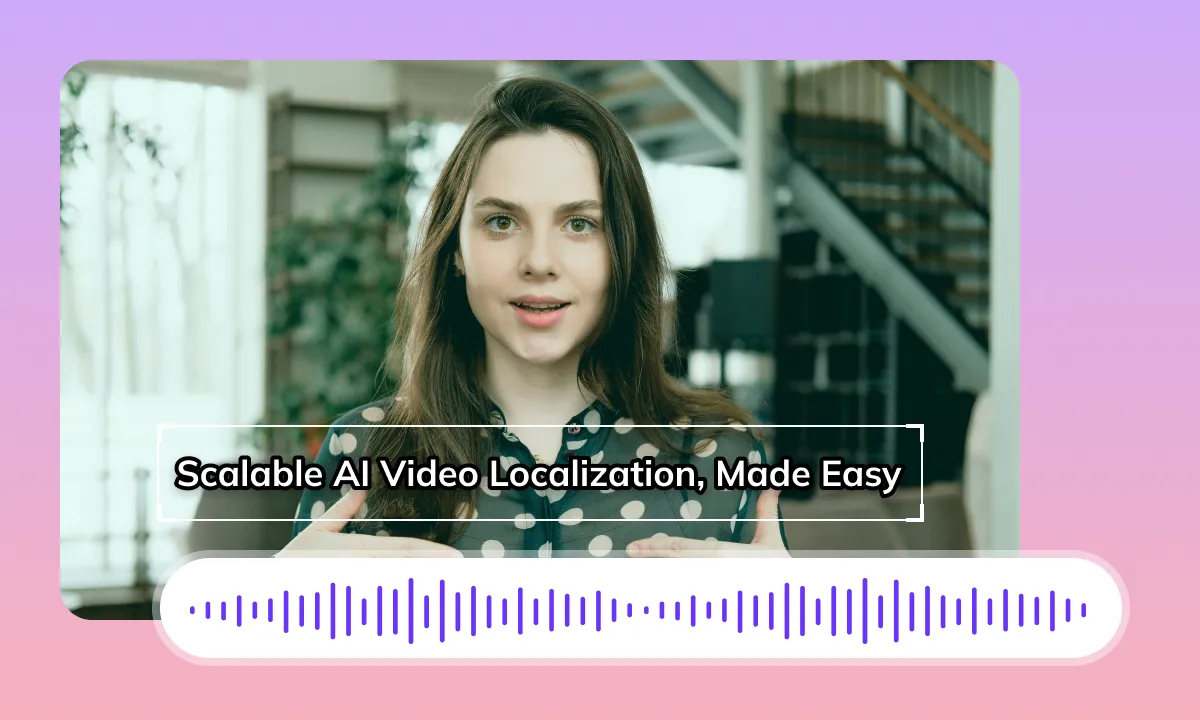
Seamless Korean Dubbing & Perfect Lip-Sync
GhostCut ensures natural Korean audio flow by treating related subtitles as whole ideas for TTS. It then precisely times new Korean subtitles. Since Russian-to-Korean translation can change speech length, our AI expertly adjusts the new Korean audio, subtitles, video, and BGM to maintain perfect sync, just like a seasoned editor.
Translate NowBoost ROI with Flawless Russian Subtitle Removal
Original Russian hardsubs can limit your video's global appeal. GhostCut’s AI doesn't just blur; it intelligently reconstructs the background obscured by Russian subtitles, even complex ones, for a perfectly clean, high-quality visual. This means better viewer engagement, longer watch times, and higher ROI.
Translate Now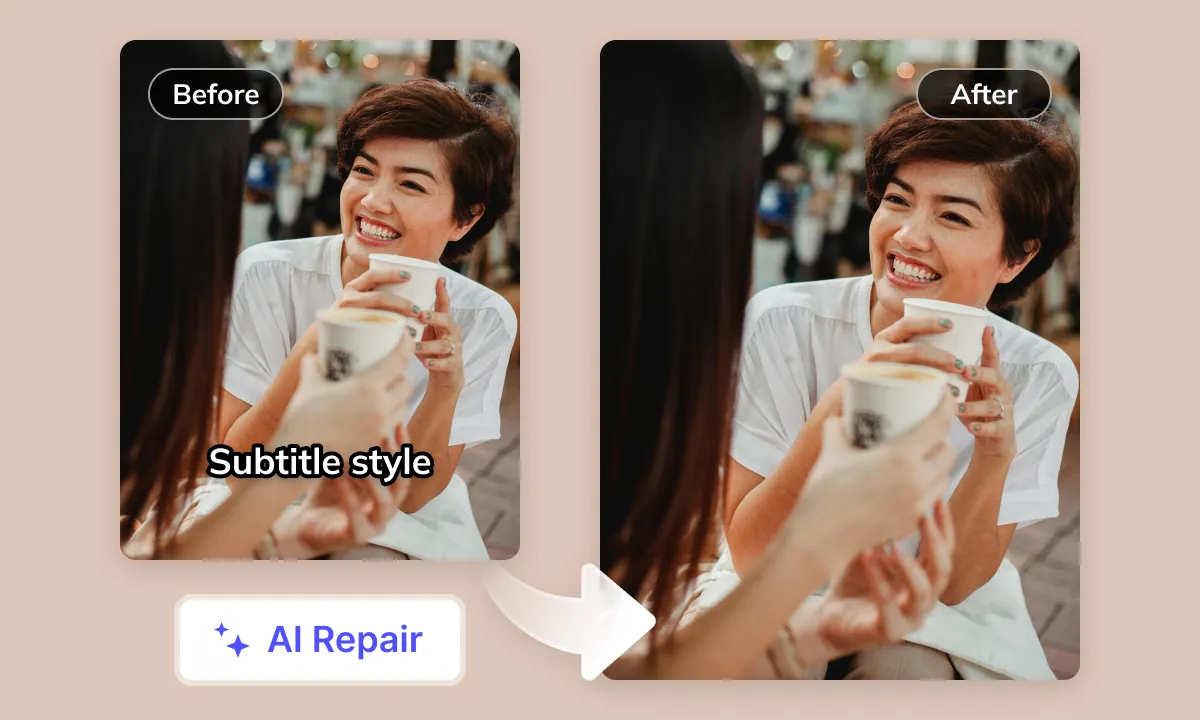
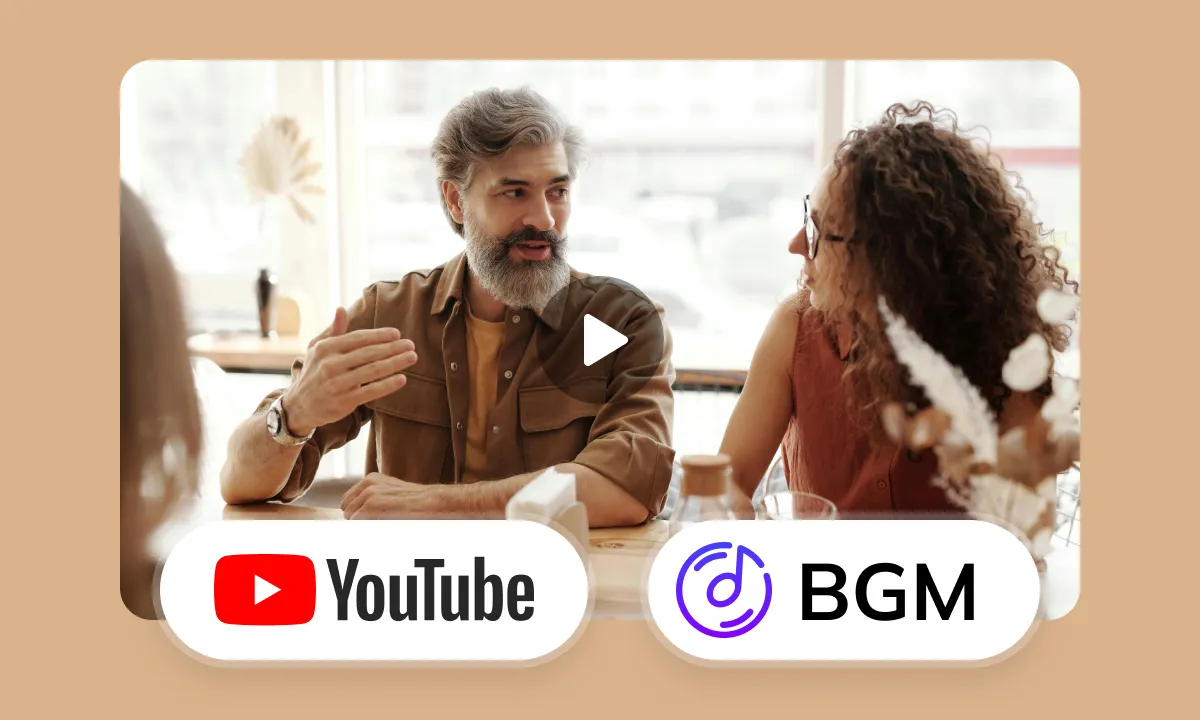
Smart Audio Control for YouTube Creators
Navigating BGM copyright on YouTube is tricky. GhostCut’s advanced audio separation isolates Russian dialogue for translation, while intelligently managing BGM, sound effects, and even emotional expressions. Our "Keep SFX, Remove Music" option is a creator favorite for avoiding copyright issues without losing your video’s impact.
Translate NowYour Russian Videos Are Missing a Huge Korean Audience
High-quality Russian video content like documentaries, show clips, and Vlogs offers unique value. But language barriers make these videos difficult for a large Korean audience to understand and appreciate. Major platforms often lack professional Korean translation and dubbing support. This confuses Korean users, impacts viewing experience and interaction, and limits international reach. Thus, the market urgently needs efficient, accurate AI Russian-to-Korean video translation and dubbing
Russian Video Translation to Korean: Challenges and Considerations
Handling Original Audio and On-screen Information
When translating Russian videos into Korean, a fundamental challenge is how to properly handle the original Russian voiceovers, background dialogues, or on-screen Russian text (e.g., titles, chart labels). Decisions must be made whether to retain the original audio, replace it with Korean voiceovers, or only provide Korean subtitles. Simultaneously, consideration must be given to how to translate and present on-screen Russian text to ensure it does not hinder Korean viewers' comprehension
Linguistic Systems and Cultural Differences
Russian (Slavic language family) and Korean (often considered an isolate language or Altaic) differ significantly in grammatical structure, vocabulary, and expression patterns. Russian's complex case declensions and verb aspects, contrasted with Korean's unique particles, verb endings, and honorific system, demand entirely different linguistic approaches. The distinct cultural backgrounds, historical allusions, and social customs of Russia and Korea also make direct translation of slang, idioms, and cultural references challenging. Accurately converting Russian meaning into expressions that align with Korean linguistic habits and cultural contexts is a core difficulty in Russian-to-Korean translation
Cyrillic and Hangul Subtitle Layout
Russian uses the Cyrillic script, while Korean uses Hangul (??). When translating Russian content into Korean subtitles, the visual characteristics and information density differences of both writing systems must be considered. Hangul characters are typically grouped into syllable blocks, and their arrangement and spatial occupation differ from the linear Cyrillic script. Proper line breaks, character limits per line, and subtitle display duration must be carefully managed to ensure Korean subtitles are clear, readable, and do not obscure critical visuals
Speech Rate and Information Conveyance Rhythm
Russian and Korean differ in their speaking pace and the way information is conveyed in spoken language. When translating Russian content into Korean for voiceover or subtitling, a challenge is aligning the translated text's duration with the original video's visuals and speaker's rhythm. Sometimes, to convey a complete meaning, Korean may require longer sentence structures, necessitating precise timeline adjustments by translators and technical staff
Difficulty of Russian Speech Recognition
The speaker's Russian accent, speaking pace, dialect, multi-speaker dialogue scenes, and background noise in the original video all affect the accuracy of Automatic Speech Recognition (ASR) technology for Russian. Inaccuracies in Russian speech recognition directly impact the quality of subsequent Korean translation, making it a critical step in the entire automation process
Naturalness and Honorifics in Korean AI Voiceover
Despite rapid advancements in AI voiceover technology, generating AI voiceovers that sound natural, are emotionally nuanced, and can appropriately employ Korean's complex honorific system remains challenging. Characters of different ages, genders, and social statuses require distinct honorific levels and intonation styles, making high-quality Korean AI voices capable of flexibly meeting these demands relatively scarce
Accuracy of Lip Synchronization
Russian and Korean have significant differences in articulatory organ usage and mouth movements. Even with accurate Korean voiceover text and high-quality AI voices, achieving high-level lip synchronization between Korean voiceover audio and the original video's character mouth movements requires highly complex algorithms and meticulous post-adjustment, posing a technical challenge that current AI video translation struggles to perfectly resolve
Ideal AI Translation Workflow Goals
An ideal Russian-to-Korean AI video translation should aim for: highly accurate Russian speech recognition; profound understanding of original Russian meaning translated into idiomatic, culturally appropriate Korean; high-quality, natural Korean AI voiceovers that appropriately use honorifics (with optimal lip-sync); and intelligent audio-visual timeline alignment and seamless subtitlevoiceover synthesis
Tackling Video Translation Challenges with AI Empowering your Russian content for any worldwide scenario.
Your All-in-One AI Translation Studio
GhostCut offers more than just Russian-to-Korean translation. It's a complete AI-powered workflow: subtitle extraction 、 removal 、 translation and proofreading to multi-character dubbing , BGM processing, and final rendering. Go from Russian source to global-ready videos, effortlessly.
